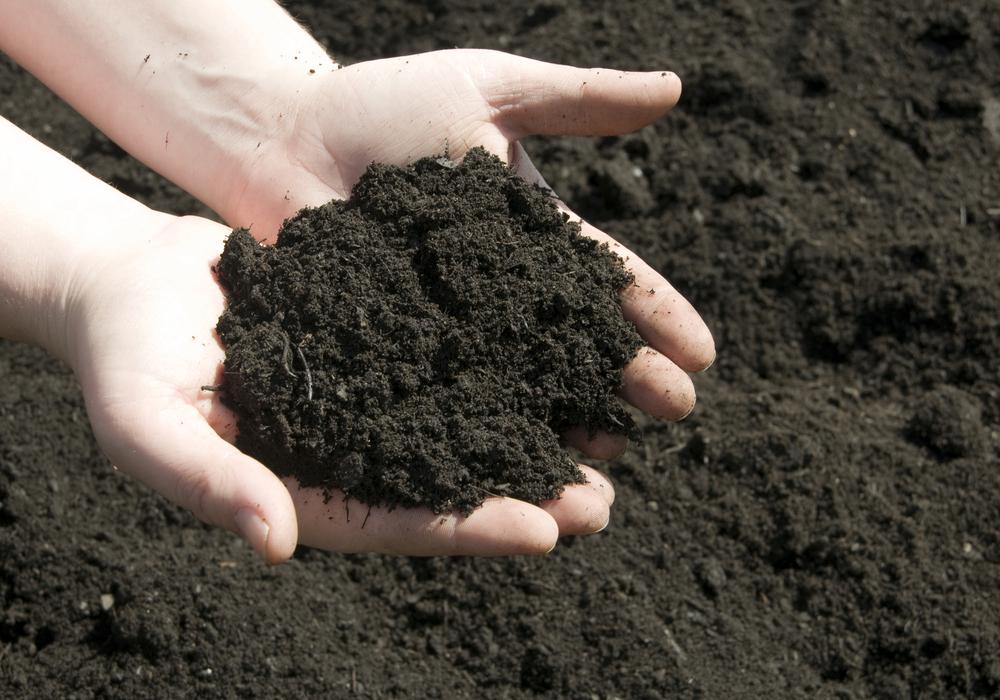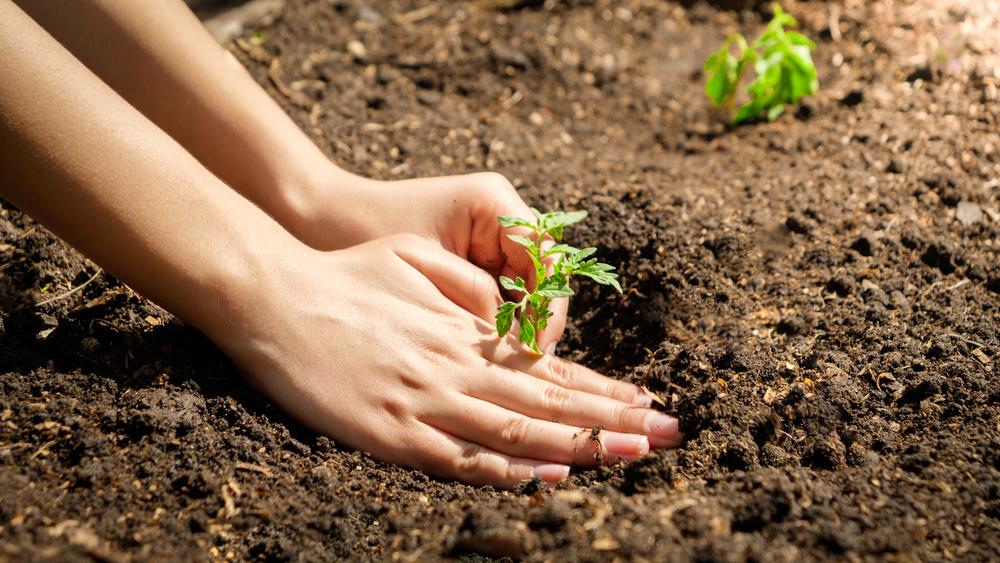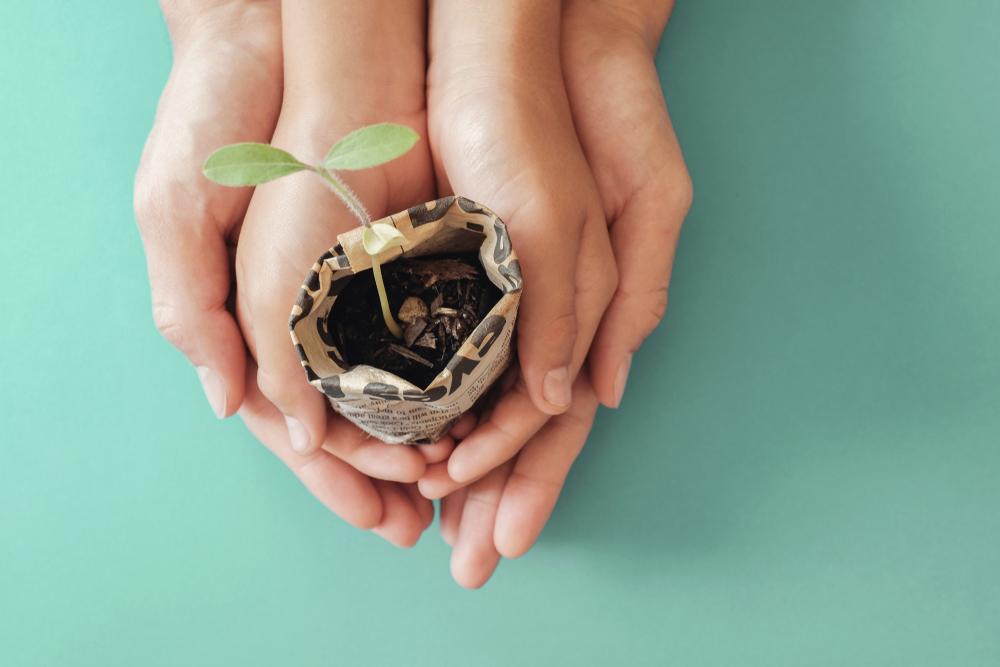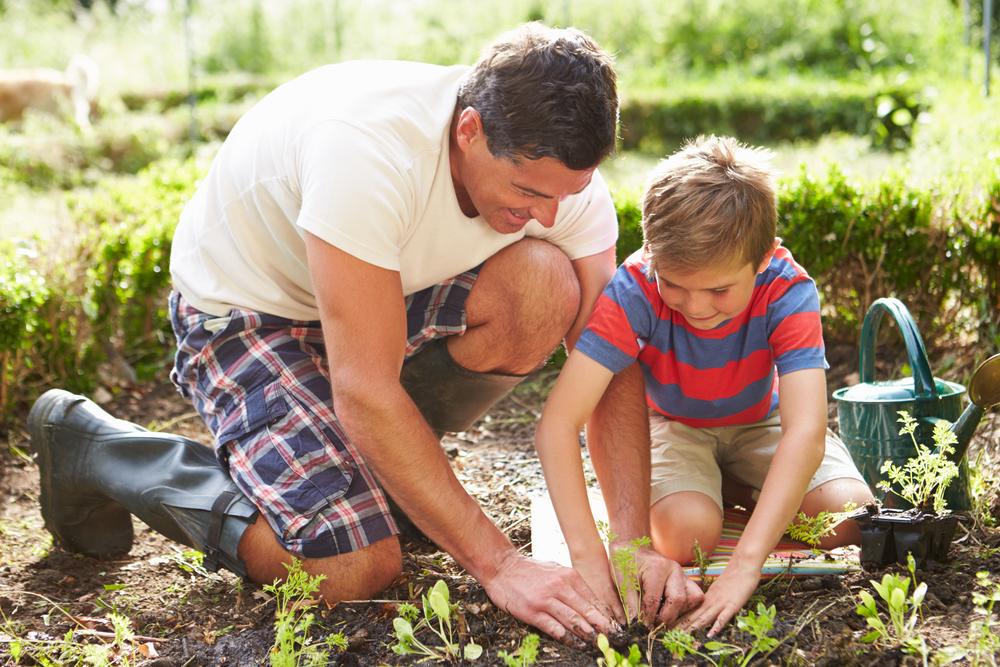If you have been following along in our Growing Gardeners series, your seedlings should be healthy, with strong stems and multiple leaves. But before we can transplant them outside, we have to prepare their new home.
You know how important it is to have strong, healthy seedlings reaching for the sun. Too often, though, gardeners don’t recognize the link between the health of their plants and the health of their soil—and their own health, too. To produce nutrient-dense fruits and vegetables, your soil must be full of micronutrients that the plants can easily absorb in large amounts.





